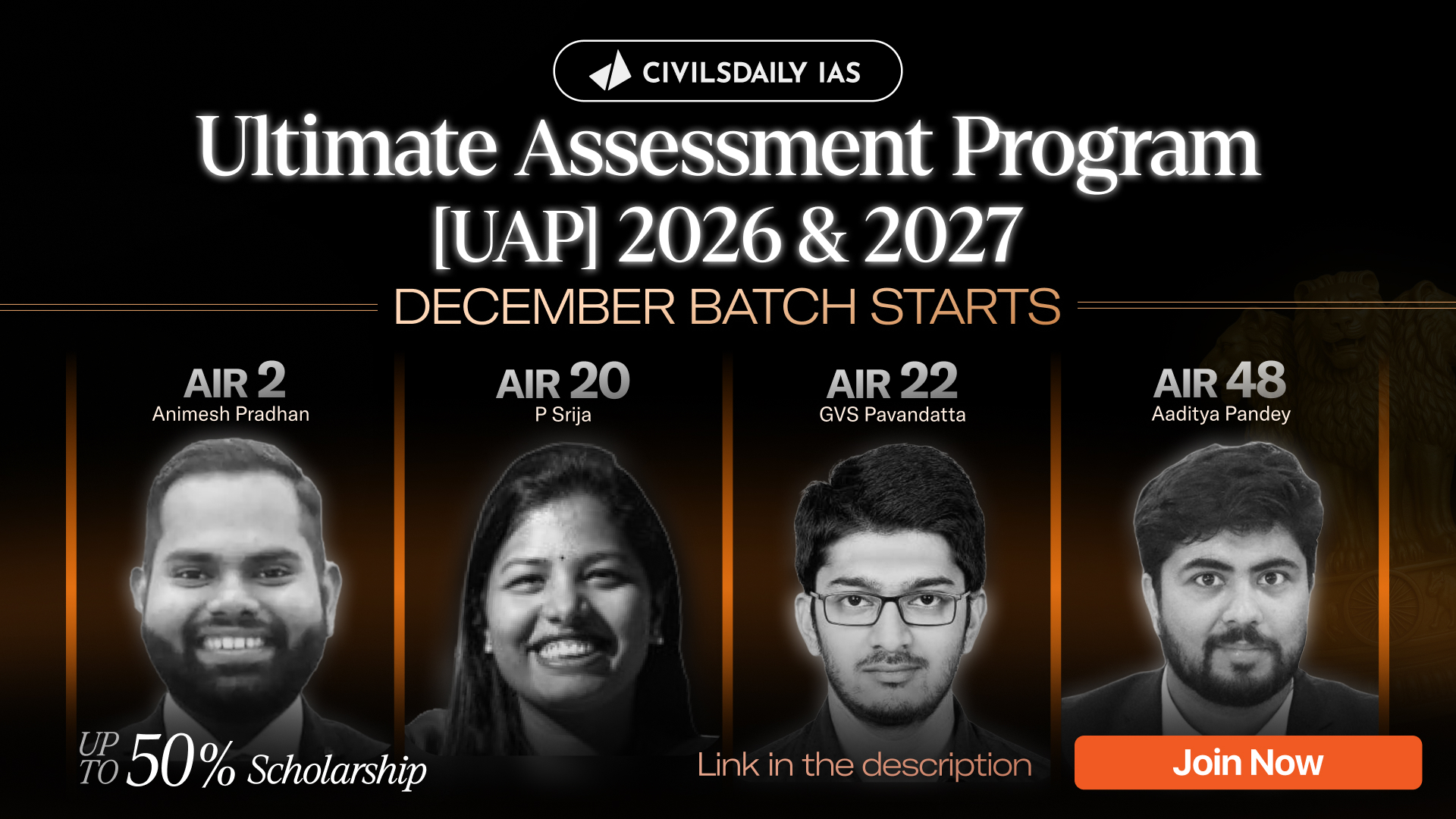As per OSCE, the Doctrine of Democratic Governance is a system of government where institutions function according to democratic processes and norms, both internally and in their interaction with other institutions.

Importance of public perception of integrity and commitment of civil servants
Integrity:
- Transparency: Eg- Ashok Khemka, an IAS officer, is known for his transparency, especially during his whistleblowing on land scams in Haryana.
- Accountability: Integrity ensures accountability, as seen in Kiran Bedi’s tenure as Director General of Tihar Jail, where she introduced reforms that improved conditions and ensured greater transparency.
- Fairness: Eg- T.N. Seshan, former Chief Election Commissioner, enforced electoral laws with strict impartiality, boosting public confidence in the electoral system.
- Encouragement of Participation: During COVID-19, IAS Iqbal Singh Chahal with his Dharavi model, engaging communities in awareness campaigns showcased commitment, leading to higher public participation in health measures.
Commitment:
- Responsiveness: Eg- Durga Shakti Nagpal, an IAS officer, took a strong stand against illegal sand mining in Uttar Pradesh, showcasing her commitment to enforcing the law.
- Effectiveness and Efficiency: E. Sreedharan, known as the “Metro Man,” exemplified commitment by ensuring the timely and efficient completion of the Delhi Metro project, enhancing public perception of governance.
- Rule of Law: Sanjukta Parashar, an IPS officer in Assam, is known her active role in combating insurgency.
- Inclusiveness: Armstrong Pame, an IAS officer in Manipur, built a 100 km road connecting remote villages without government funds
- Trust Building: Eg. IPS Atul Kulkarni started bharosa cell as grievance redressal platform for women and transgenders.
| Challenges | Way forward |
| Corruption: Corruption scandals can significantly tarnish civil servants’ images, thereby tarnishing image of whole administration. Bureaucratic Red Tape: Excessive bureaucratic procedures can frustrate citizens, leading to negative perceptions. Bureaucrats are often seen as unapproachable, diminishing trust. Political Interference: Civil servants face challenges due to political interference, affecting their ability to act impartially. Instances of pressure to act against principles lead to skepticism about commitment. Media Scrutiny: Negative media portrayals can shape public perception unfairly. Civil servants vilified in the media despite acting in public interest create narratives undermining their integrity. | 360-degree appraisal: Replacing lower-level interviews with multi-stakeholder feedback (MSF) performance evaluations. Insulating Civil Servants from Political Interference, establishing a civil service posting and transfer board, Professionalisation with Stability of Tenure & Competition Building a Citizen-Centric Administration: In 2004, the Hota Committee suggested using ICT for effective and accountable service delivery Outcome-Oriented – Model Code of Governance to compare governance standards. Clear guidelines should be formulated for Mission Karmayogi which enshrines rule to role based governance. |
“Every civil servant of India should help the countrymen in making their dreams come true,”PM Narendra Modi. With this vision,there is a critical need for positive public perception of civil servants to ensure effective democratic governance.

